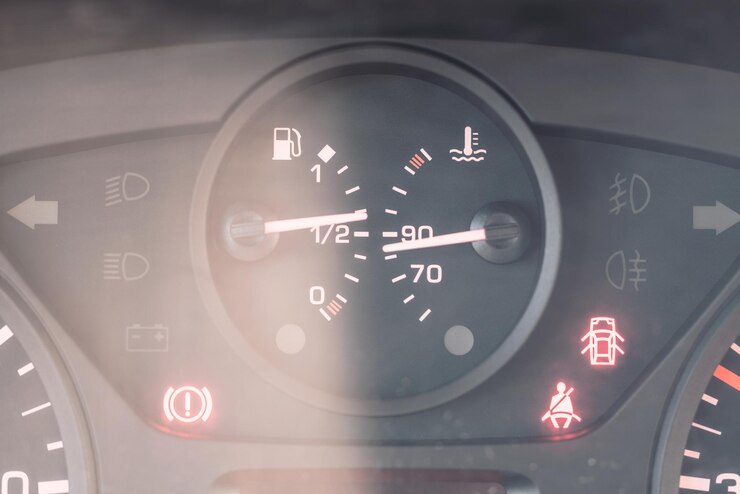High Beam Assist (HBA) systems have become increasingly common in modern vehicles, providing drivers with improved visibility during nighttime driving. These systems automatically switch between high and low beam headlights based on surrounding conditions, ensuring optimal illumination without blinding other drivers. High Beam Assist warning lights play a vital role in communicating the status of the system to the driver. In this article, we will explore the significance of these warning lights and discuss the proper usage of High Beam Assist for enhanced visibility and safety.
- Understanding High Beam Assist Systems: High Beam Assist systems are designed to optimize visibility during nighttime driving. These systems use sensors, such as cameras or radar, to detect oncoming traffic or vehicles ahead. When the sensors detect other vehicles, the High Beam Assist system automatically switches from high beam to low beam headlights to prevent glare and maintain safe visibility for all drivers on the road.
- The Importance of High Beam Assist Warning Lights: High Beam Assist warning lights serve as essential indicators that communicate the status of the system to the driver. When the warning light illuminates, it indicates that the system is active and automatically controlling the headlights. Paying attention to these warning lights is crucial for understanding when the High Beam Assist system is engaged and adjusting driving behavior accordingly.
- Proper Usage of High Beam Assist: To maximize the benefits of High Beam Assist and ensure safe driving, consider the following guidelines:
a. Enable the High Beam Assist System: Familiarize yourself with the operation of the High Beam Assist system in your vehicle. Enable the system through the vehicle’s settings or control panel. Refer to the vehicle’s manual for specific instructions.
b. Understand the Conditions for High Beam Usage: High Beam Assist systems are designed to be used in conditions where there is minimal oncoming traffic or vehicles ahead. Activate the high beam headlights in situations such as open highways, rural areas, or sparsely populated roads where there are no vehicles in close proximity.
c. Observe the Warning Lights: Pay attention to the High Beam Assist warning lights on the dashboard. When the warning light is illuminated, it indicates that the system is actively controlling the headlights and switching between high and low beams based on surrounding conditions.
d. Be Mindful of Oncoming Traffic: High Beam Assist systems are designed to automatically dim the headlights when oncoming vehicles are detected. However, it is essential to remain vigilant and manually switch to low beam headlights when approaching other vehicles, especially in situations where the system may not detect them accurately, such as sharp curves or narrow roads.
e. Adapt to Changing Conditions: High Beam Assist systems are sensitive to varying lighting conditions. Be aware that the system may not engage or disengage the high beams instantly. Adjust your driving behavior and manually control the headlights when necessary, such as in adverse weather conditions, heavy rain, fog, or when entering urban areas with street lighting.
f. Regular Maintenance: Ensure that the headlights are properly aligned and in good working condition. Check and replace any faulty bulbs to ensure optimal visibility when using High Beam Assist.
- Follow Local Regulations and Etiquette: Different regions may have specific regulations regarding high beam usage. Familiarize yourself with local laws and adhere to them accordingly. Additionally, practice common courtesy by dimming your high beams when approaching or following other vehicles to prevent discomfort or glare for fellow drivers.
High Beam Assist warning lights play a crucial role in communicating the status of the system to the driver. By understanding and following proper usage guidelines, drivers can enhance visibility, improve safety, and prevent glare for other road users. Remember to activate the High Beam Assist system in appropriate situations, be mindful of oncoming traffic, and adapt to changing road conditions. By using High Beam Assist responsibly and in accordance with local regulations, you can make nighttime driving safer and more comfortable for everyone on the road.











